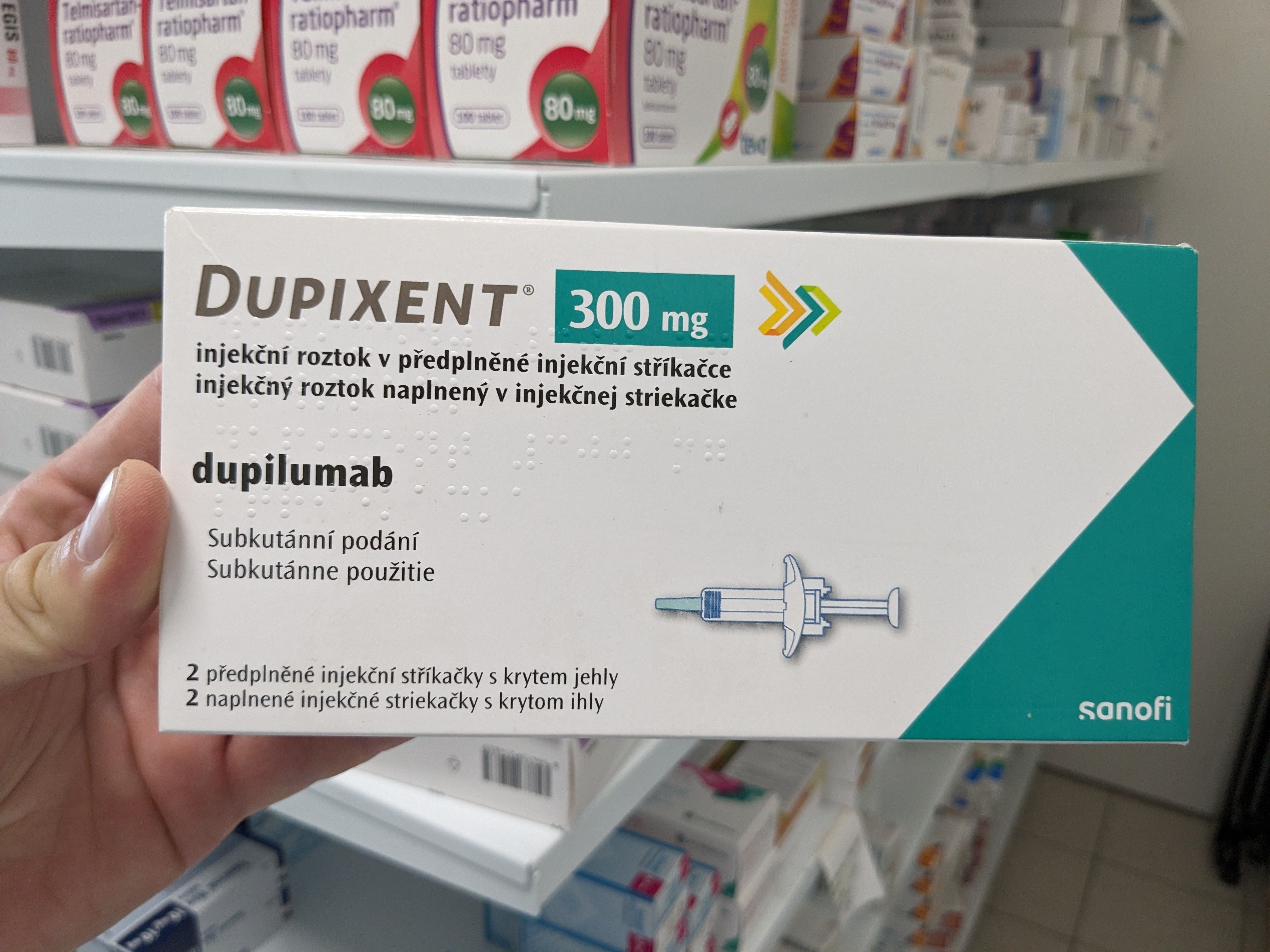Article
States, Families Brace for Impact If CHIP Not Reauthorized
Author(s):
Time is running out for Congress to reauthorize funding for the Children’s Health Insurance Program (CHIP) before it expires on September 30, leaving states and families to prepare for possible coverage reductions and higher premiums.
Time is running out for Congress to reauthorize funding for the Children’s Health Insurance Program (CHIP) before it expires on September 30. New analyses look at how states are planning to adapt to the potential shortfall, as well as the cost of employer-sponsored coverage that families may have to purchase.
CHIP, which is jointly funded by states and the federal government, covers 8.9 million children through Medicaid or other state-administered plans and has generally enjoyed bipartisan support from Congress. Still, much of the Senate’s attention in recent weeks has been focused on the potential Graham-Cassidy bill to repeal and replace the Affordable Care Act, and although the plan was scrapped before a vote, the time left to pass CHIP reauthorization by the budget deadline has dwindled to just a handful of days.
Considering the possibility that CHIP funding may not be extended, the Kaiser Family Foundation surveyed state Medicaid officials to gauge their budgetary assumptions and learn about their contingency plans. The resulting report, “Current Status of State Planning for the Future of CHIP,” depicts states thrown into uncertainty and facing unappealing strategies to cope with reduced funding.
Almost all states (48 out of 50, including the District of Columbia) had assumed that federal CHIP funds would be continued when they drafted their state budgets for fiscal year 2018, and as a result, most would face a shortfall for next year if funding is not extended. Of the states that projected when they would exhaust their fiscal year 2017 CHIP funds, 10 predicted they would run out by the end of 2017 and another 22 said they would run out by the end of March 2018.
Most states did not have any contingency plans in place if funding is not extended, but some described their plans to close enrollment or discontinue coverage. In these states, statutes generally require measures like enrollment freezes or program termination in case of reductions in federal funding. Most expressed their intention to give families at least 30 or 60 days’ written notice if it appears the program may close, which for Nevada would mean sending notifications in early October.
Based on the effects seen from previous enrollment caps and freezes, the report concluded that “reductions in CHIP coverage will result in coverage losses for children and negative effects on children’s health and family finances.” For instance, when North Carolina froze enrollment from January to October 2001, it saw enrollment drop by almost 30% and heard reports of parents delaying medical care and experiencing significant financial burden while their children were uninsured.
The effects of CHIP unavailability on families’ finances were explored further in a recent analysis from the Urban Institute. It estimated the premiums that families would have to pay for employer coverage if their children could no longer receive coverage through CHIP and Medicaid, and includes an interactive tool to examine premiums and employee contributions across different points in time.
A family of 4 with an income 200% of the federal poverty line, whose children would currently be eligible for CHIP in most states, had an average annual premium of $17,710 for employer coverage in 2016. The average employee contribution was $4956, representing 10.2% of the family’s income, while the employer contributed the remainder.
However, parents working at “low-wage firms,” where at least half of employees earn at or below the 25th percentile for hourly wages, would face a larger cost burden. Their average employee contribution was $5978 in 2016, making up 12.3% of the family’s income. The authors suggested that the low-wage firm premiums may be a more accurate estimate of the costs that would be incurred by families who currently qualify for CHIP.
“Because families facing above-average premiums for employer-sponsored insurance are likely to enroll their children in Medicaid and CHIP instead of employer coverage, our focus on average premiums likely understates the premium costs that these families could face if their children were to lose Medicaid/CHIP eligibility,” the report authors added.
On September 12, negotiations between Republican and Democrat senators yielded an agreement to renew CHIP funding for 5 years. However, Congress has not yet acted to pass the deal, leaving the program’s future in jeopardy.

Dupilumab Treatment for Patients With CSU: Insights From Jason Hawkes, MD, MS

Dupilumab Treatment for Patients With CSU: Insights From Jason Hawkes, MD, MS
2 Commerce Drive
Suite 100
Cranbury, NJ 08512
© 2025 MJH Life Sciences® and AJMC®.
All rights reserved.



